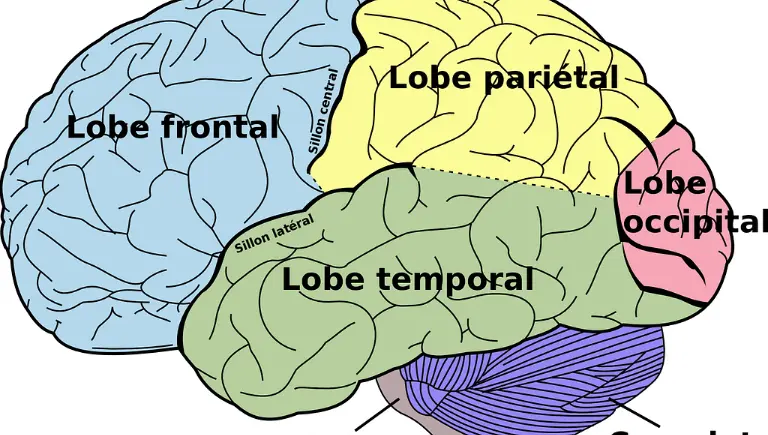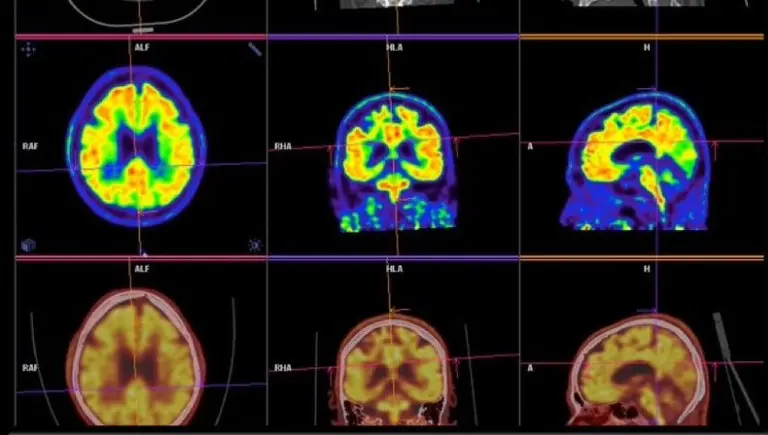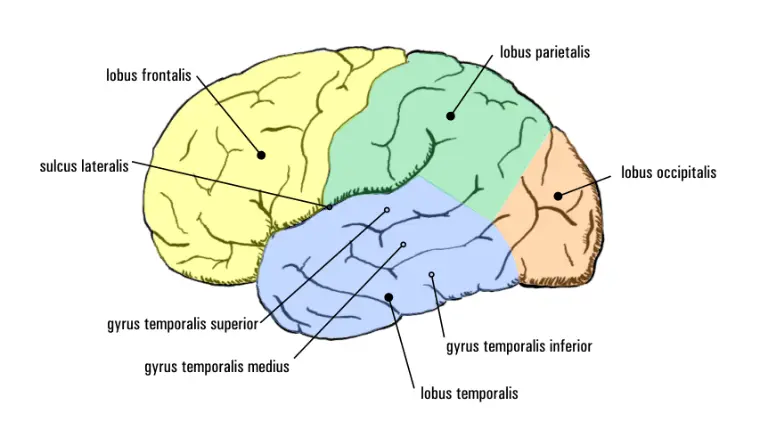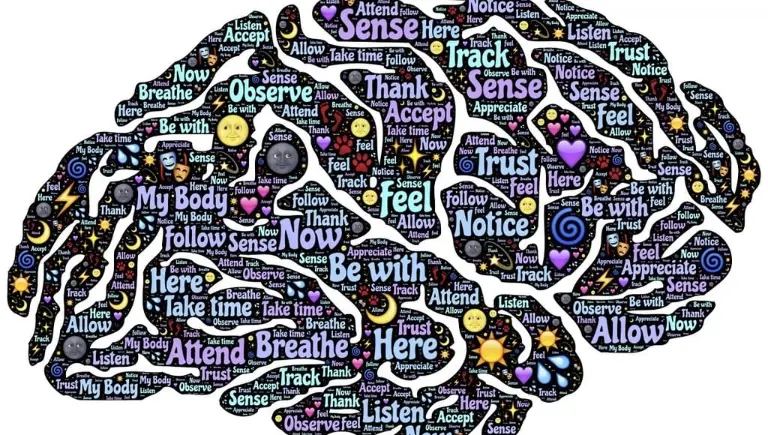Unraveling the Mystery of Déjà Vu: What It Really Means and Why It Happens
Have you ever felt that you’ve seen or experienced a moment before, even though you know it’s not true? That strange feeling of familiarity is called déjà vu. It’s one of the most mysterious parts of the human mind. Why does it happen? How does your brain create this illusion? Understanding the science behind déjà vu can help us see how your brain works and what this common experience really means.
Déjà vu affects millions of people around the globe. Whether you’re young or old, this phenomenon can pop up without warning. Exploring its roots reveals lots about how our brains store memories, recognize patterns, and sometimes glitch. Let’s uncover what science is telling us about this mind-bending experience.
What Is Déjà Vu? Unraveling the Mysterious Phenomenon
Definition and Basic Explanation
Déjà vu is a French term that means “already seen.” It’s that strange feeling when a place, a moment, or a conversation seems familiar — even if you know you’ve never been there or experienced it before. People often describe it as a fleeting sense that they’ve lived this exact moment before. Yet science hasn’t fully explained how or why it happens. It remains one of those puzzling brain tricks that we all experience at some point.

Historical Perspectives
Throughout history, different cultures have viewed déjà vu in many ways. Some saw it as a sign of spirits or past lives. Ancient philosophers wondered if it revealed hidden knowledge or divine messages. In the 19th century, scientists started looking seriously at déjà vu, linking it to memory and brain activity. Early thinkers speculated that maybe the mind was confusing current experiences with old memories, but solid proof was scarce.
💡 Did You Know?
Sigmund Freud once suggested that déjà vu might be linked to repressed desires or childhood memories surfacing unexpectedly.
Frequency and Demographics
Research shows that nearly 60-70% of people experience déjà vu at least once in their lives. It’s common among teens and young adults, then tends to decrease with age. Studies suggest it occurs more often in people who are relaxed, sleep-deprived, or stressed. Cultural background doesn’t seem to play a big role, meaning déjà vu is a universal human experience. Some findings suggest women might report it slightly more often than men, but overall, it’s something just about everyone encounters.
📌 Quick Fact
Déjà vu is most common in people aged 15 to 25 and tends to fade as we grow older.
The Neuroscience of Déjà Vu: How the Brain Creates the Illusion
Brain Regions Involved
Your hippocampus plays the starring role in creating memories and recognizing familiar places or faces. Tiny parts of your brain like the temporal lobes are key players too. When you walk into an old house or hear a song, these areas spring into action. Sometimes, they go a bit haywire. When that happens, your brain might mistakenly think it is recalling something from long ago, even if it isn’t.

Neural Mechanisms Explored
The main idea here is the dual-processing theory. Your brain has two systems: one that recognizes familiarity and another that retrieves detailed memories. When these systems don’t sync up, déjà vu can happen. For example, the familiarity sense might activate without the full memory attachment, making a scene seem oddly known.
Some scientists believe glitches or misfires in neural signals cause this illusion. It’s like your brain’s circuits get crossed, sending false alarms. These tiny errors can happen randomly, especially when your brain is tired, distracted, or under stress.
💡 Did You Know?
Your brain’s familiarity and memory systems sometimes activate separately, which may be the cause of déjà vu.
Recent Brain Imaging Studies
Advanced imaging tools like MRI scans have given us new clues. Studies show that during déjà vu, there’s often increased activity in the temporal lobes, especially the hippocampus. This area is the brain’s memory center. When these regions fire erratically, it can create that eerie feeling of familiarity. Experts studying these patterns confirm that déjà vu links to temporary surges in brain activity, not necessarily any illness or defect.

Theories Explaining Déjà Vu: From Psychology to Neuroscience
Memory-Based Explanations
Many believe déjà vu is caused by overlapping memories. When your brain encounters a new scene that’s similar but not identical to a past one, it might trigger a false sense of familiarity. Sometimes, fragments of past experiences pop up subconsciously, causing you to feel like you’ve been there before, even if you haven’t.

Psychodynamic and Cognitive Theories
Some psychologists think déjà vu reflects subconscious connections. Perhaps certain sights or sounds remind you of a past experience. These triggers aren’t always obvious. Attention and expectation also matter. If your mind is momentarily distracted or overly focused, it might misfire, creating that weird feeling.
Neurological and Temporal Lobe Theories
Déjà vu has a strong link to the temporal lobes, especially in people with epilepsy. During a seizure, sudden bursts of activity can generate this sensation. That’s why doctors monitor patients with temporal lobe epilepsy for déjà vu before a seizure. Still, most people experience benign déjà vu, not related to any health issue.
Déjà Vu and Brain Disorders: When It Might Signal Larger Issues
Link with Epilepsy and Other Conditions
Temporal lobe epilepsy often involves déjà vu as a warning sign. For some, these moments are part of seizure episodes. It’s crucial to distinguish between normal déjà vu and those linked to such conditions. Usually, epileptic déjà vu happens with other symptoms like strange smells, visions, or jerking movements.
⚠️ Warning
Playing constant or loud artificial sounds might not only disturb plants but could also negatively affect insects, birds, and other wildlife in the area.

Mental Health Implications
Some research links frequent déjà vu with anxiety or stress. Others note a higher occurrence among individuals with schizophrenia. However, for most, it’s just a harmless brain quirk. Still, if déjà vu becomes frequent or intense, consulting a healthcare professional can help rule out underlying issues.
Practical Tips & Insights: Understanding and Managing Déjà Vu
- If déjà vu causes discomfort or anxiety, try relaxation techniques. Deep breathing or meditation can help ease your mind.
- Keeping a journal of when déjà vu occurs might reveal patterns, like times of stress or fatigue.
- Engaging in memory exercises or mindfulness training can improve overall brain health and reduce unwanted déjà vu episodes.
- When in doubt, talk to a doctor. Rarely, frequent déjà vu points to a medical condition that needs attention.

Conclusion
The science behind déjà vu reveals a fascinating glimpse into how your brain processes memories and recognition. While it still holds many mysteries, ongoing research continues to peel back the layers of this strange phenomenon. Understanding the neural processes involved not only demystifies déjà vu but also shows how complex and finely tuned our minds really are. So next time déjà vu surprises you, remember it’s a sign of a very busy, very intricate brain at work. It’s a reminder of how awesome human cognition truly is.
Curiosity about these brain tricks can deepen your appreciation for how your mind navigates the world. After all, déjà vu isn’t just a weird feeling — it’s a peek into the beautiful complexity of human thought.







